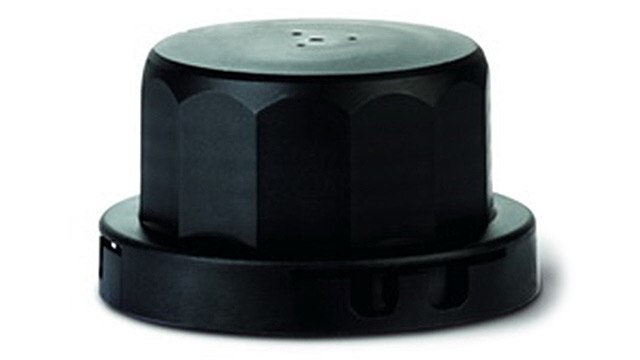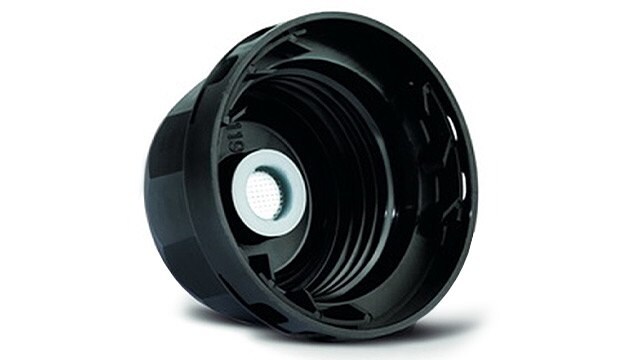Excellence in the details: Why screw caps matter
Chemical bottles must be perfectly sealed. In the case of hydrogen peroxide, however, excessive pressure can make this dangerous. The packaging experts for the Supelco® products portfolio have dealt with this challenge by developing a completely new screw cap for hydrogen peroxide bottles.
Hydrogen peroxide is indispensable in day-to-day laboratory analytics. However, transportation can pose a significant challenge. Every chemist knows that high temperatures and shaking cause hydrogen peroxide to decompose into water and oxygen. This means that high pressure builds up in the chemical bottles and can be dangerous when transporting and opening the bottles. For this reason, there are strict requirements for shipping and handling hazardous substances like hydrogen peroxide.
“We have always complied with these requirements, even with our older caps. But that wasn’t enough for us,” says Ralf Kranz, Head of Regulatory Packaging for the Supelco® portfolio at Merck in Darmstadt, Germany.
There is no problem, as long as proper storage and handling guidelines are followed. But compliance can sometimes be difficult to ensure, which is why our packaging experts were concerned. Hydrogen peroxide containers must always be stored upright. This is why there are arrows on the packaging to indicate which way is up. “In practice, however, there is no way to guarantee that this is always done properly,” says Kranz.
Objective: the perfect screw cap with valve
The objective was clear. We wanted to develop a screw cap that prevented liquid from leaking out even if the bottle were stored incorrectly for a short period of time. The valves that are already commonly used for larger containers of hydrogen peroxide served as a model.
This was the kind of challenge that Ralf Kranz and his team like.
Simple idea, big hurdles
The team’s initial ideas were both simple and ingenious: just make three small holes in the cap and seal them with a membrane. But it took three years to produce the first samples. “It was no small feat to make the idea work with the small screw caps,” recalls Kranz. But they finally did it.

Figure 1 .The new screw closure with overpressure valve, with the three gas-venting holes visible in the lid.

Figure 2. The overpressure valve from below. The cleverly attached membrane seals the holes and, when there is excess pressure, lets only gases escape.
This result led to numerous practical tests in which the response pressure was repeatedly adjusted. The valve needs to not respond too early, but it also needs to respond before the pressure has gotten too high. “We did initial lab testing to see what happens when the temperature rises to 60 degrees Celsius,” says Kranz. Sea-container deliveries to countries with hot climates may well reach such temperatures.

Figure 3 .Black HDPE bottle with the new safety cap for hydrogen peroxide Source: Safety Inside Campaign – Sales Guide
Once everything seemed perfect in the lab, one last difficult test remained: actual transport in a container ship to Asia. This test was also successful. The bottles let the oxygen that was generated escape but kept the liquid inside.
As a result, after many years of development, all Supelco® bottles are delivered with the new screw caps, an achievement that is in line with the quality guarantee Emanuel Merck provided for his products as far back as 1851. We are proud to continue his legacy, with the Supelco® portfolio of products.
Why screw caps matter
To continue reading please sign in or create an account.
Don't Have An Account?